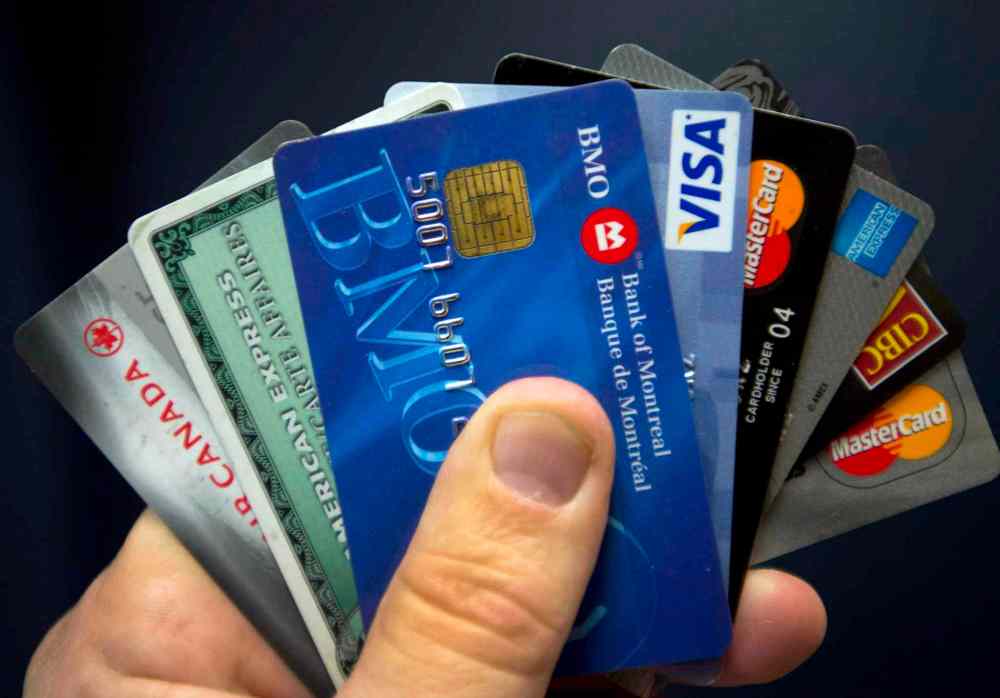Debt boost in Prairies
Man., Sask. pick up pace
Advertisement
Read this article for free:
or
Already have an account? Log in here »
To continue reading, please subscribe:
Monthly Digital Subscription
$1 per week for 24 weeks*
- Enjoy unlimited reading on winnipegfreepress.com
- Read the E-Edition, our digital replica newspaper
- Access News Break, our award-winning app
- Play interactive puzzles
*Billed as $4.00 plus GST every four weeks. After 24 weeks, price increases to the regular rate of $19.00 plus GST every four weeks. Offer available to new and qualified returning subscribers only. Cancel any time.
Monthly Digital Subscription
$4.75/week*
- Enjoy unlimited reading on winnipegfreepress.com
- Read the E-Edition, our digital replica newspaper
- Access News Break, our award-winning app
- Play interactive puzzles
*Billed as $19 plus GST every four weeks. Cancel any time.
To continue reading, please subscribe:
Add Winnipeg Free Press access to your Brandon Sun subscription for only
$1 for the first 4 weeks*
*$1 will be added to your next bill. After your 4 weeks access is complete your rate will increase by $0.00 a X percent off the regular rate.
Read unlimited articles for free today:
or
Already have an account? Log in here »
Hey there, time traveller!
This article was published 30/10/2013 (4358 days ago), so information in it may no longer be current.
Manitoba and Saskatchewan residents have been racking up debt at the third-fastest pace in the country over the past year, according to a new survey.
In its third annual debt-poll report released on Tuesday, the Royal Bank of Canada said the average personal debt load, excluding mortgages, of Manitoba/Saskatchewan residents jumped by 32 per cent to $15,361 from $11,503 in 2012.
The only regions to see bigger percentage increases were Alberta and British Columbia, at 63 per cent and 38 per cent respectively.

“That (32 per cent) is a large increase from past years,” Kim Taylor, director of personal lending for RBC, said in an interview.
But the good news is despite the increase, Prairie (Manitoba/Saskatchewan) residents still had the second-smallest average personal debt load among the six regions covered in the report. Quebec had the lowest, at $10,458, while Alberta had the highest at $24,271.
Taylor said the increase here may be due in part to Prairie residents feeling more comfortable about making big-ticket purchases after two years of holding the line.
She noted the Prairies was one of the few regions in Canada where debt loads remained relatively stable in the previous two years as a growing number of people indicated they were delaying big-ticket purchases until they could get a better handle on their debt situation and develop a plan for better managing their debt.
Having done that, they may have felt comfortable in going ahead with some of those purchases in 2013, she added.
The executive director of Community Financial Counselling Services, a United Way-funded, non-profit agency, offered up another theory for this year’s jump in debt loads.
“I’m wondering if some Manitobans decided to make big-ticket purchases before the PST (provincial sales tax) increase took effect in July,” John Silver said. “I don’t know if that happened… but that could be one correlation.”
Silver said the spike in debt loads may explain why CFCS saw a 20 per cent increase in the number of clients seeking counselling services between April 1 and Sept. 30 of this year.
He said most people seek help when their debt load becomes too big for them to handle. The agency reviews their situation and outlines their options.
In some cases, they’re in hot water because of poor money-management practices. But more often it’s because of a dramatic change in their income because of illness, the loss of a job, a marriage breakup, or a death in the family.
In some cases, declaring personal bankruptcy is the best option, he said. In other cases, the agency may be able to negotiate a debt-reduction deal with the client’s creditors and come up with a debt-repayment plan that’s agreeable to everyone. And sometimes all the client needs is advice on how to better manage their money.
Silver said while it’s disconcerting debt loads are rising, it’s also encouraging more consumers are seeking help.
Nationally, the RBC survey found as many as three-quarters of Canadians said they are in debt, and the average personal debt load jumped by 21 per cent, or $2,779, to $15,920.
Taylor said other Canadians also may have increased their personal debt — which includes credit cards, loans and personal lines of credit — after putting off vacations or big-ticket items in recent years.
But she attributed the unusually big spike in Alberta debt loads to severe flooding last summer, noting many Albertans were still waiting for insurance payments. Or they didn’t have insurance and had to take on debt to cover damages to their properties, she added.
— staff / The Canadian Press
History
Updated on Wednesday, October 30, 2013 6:55 AM CDT: Replaces photo

